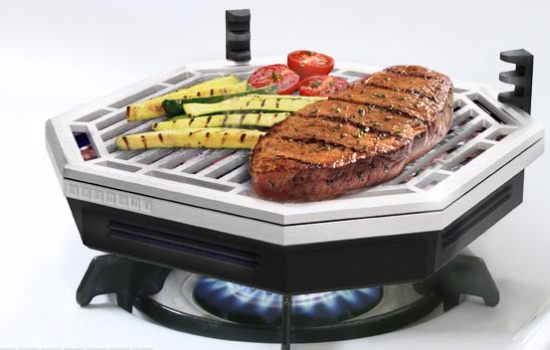Do you want to get the best out of your kitchen equipment and dream to make luxurious food that is worthy of a Michelin star? If the answer is yes then it is essential that you have a selection of high quality kitchen knives.
But that is not all. You need to know them like a pro chef. Here is a guide to help you get to know your kitchen knives.
Knives are made up of several parts. The blade, bolster and handle. The blade does the cutting, the handle is what you hold and the bolster is the part of the knife between the blade and the handle.
Chef’s knife
This is the knife for chopping. With practice you will be able to slice and dice vegetables quickly and efficiently. It is designed with a curve so you can rock it from tip to heel allowing you to chop in a fluid motion. Remember to always use a chopping board! To achieve magnificent results in every slice, you need to ensure that the entire edge of the blade makes contact with the chopping board. A range of high quality chefs knives are available to buy such as those found at http://www.fridgefreezerdirect.co.uk/chef-supplies/chefs-knives.
Paring knife
With a small design the paring knife is ideal for peeling and trimming. Hold it with the handle against your palm allowing your fingers curl naturally around its handle. It is necessary that you pick a paring knife with quite a large bolster, this will help you to prevent your fingers slipping onto the sharp blade when it is in use.
Boning knife
If you are really serious about preparing your own food before cooking you should have a boning knife. With its rigid yet flexible design it is marvellous for removing skin and the meat from bones.
Carver
Hold this knife with all four of your fingers curled around the handle and use your thumb and forefinger to guide the knife in the direction that you want it to go. The ‘carver’ is designed with a long blade that is rigid yet flexible so is perfect for cutting meat, fish and poultry fillets.
Bread knife
This knife is large and has a noticeable serrated design to make the ‘sawing’ action when cutting through bread easier. Hold the bread knife by wrapping your fingers and thumb around the handle and keep a firm grip. Ensure it is always sharp (a high quality knife does not blunt easily.) This is the best knife to use when you want to slice cakes into layers so you can include a gorgeous, creamy filling.
Storage
Storing your knives safely and correctly is just as important as knowing what they are for. You should store them in a wood-block so you do not inadvertently pick up one of your extremely sharp knives by the blade. You must always sharpen your knives with a honing steel. Remember, a chef’s knife should never be blunt. Treat your knives with as much love and care as you treat the food that you create.
Photo credit: Brett Janes – Flickr





